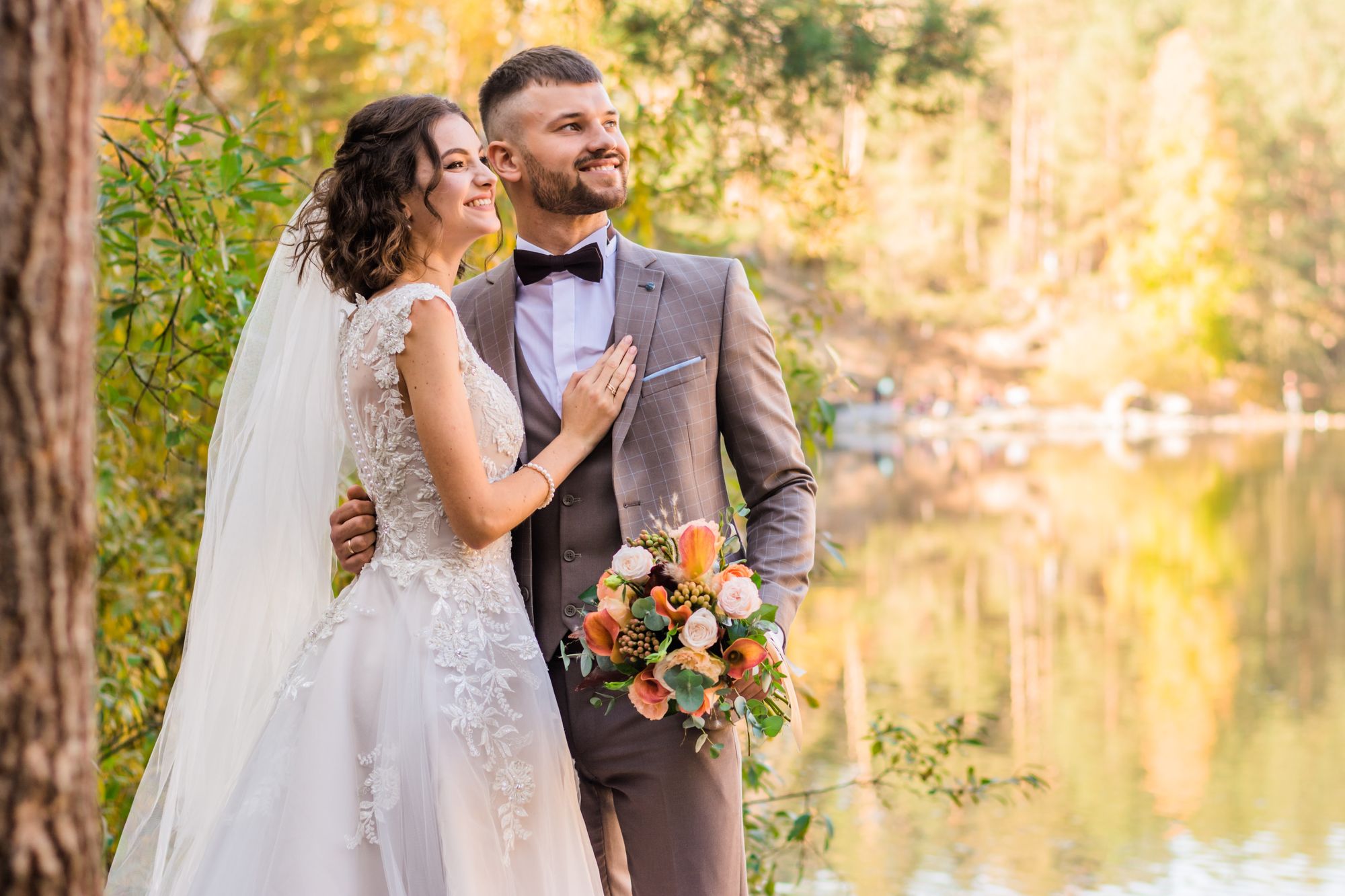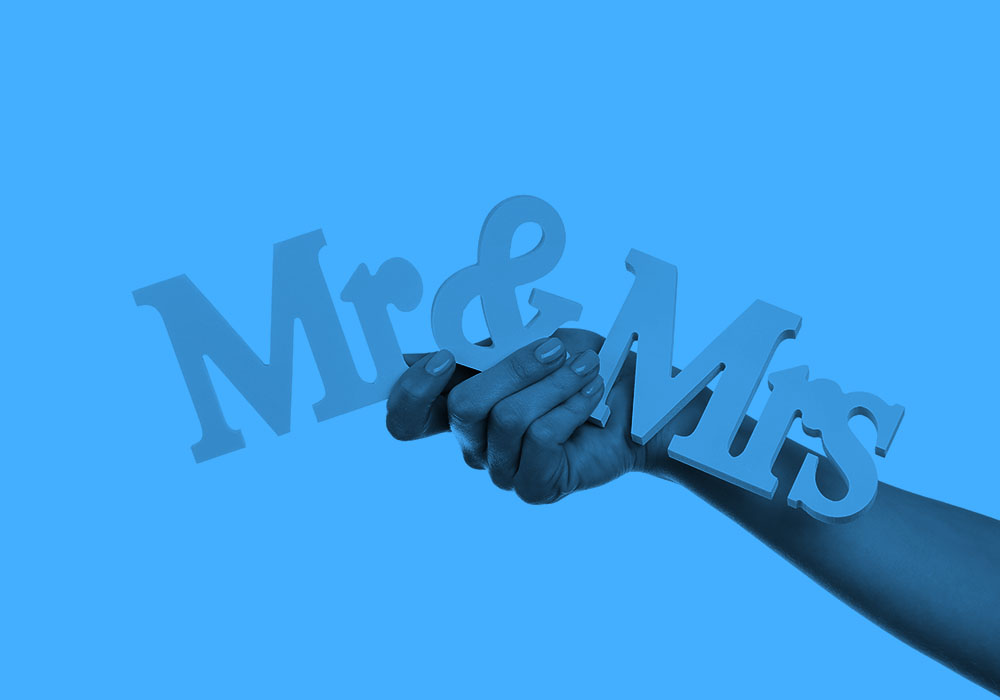Ms. and Mrs. are two common titles used to address women, but they have distinct meanings and are used in different contexts.

When is Ms. used?
Ms. is a title that is often used when you do not know a woman's marital status or if you want to address a woman without specifying her marital status. It is followed by her maiden name.
It is a neutral and respectful way to address women, regardless of whether they are single, married, divorced, or widowed.
Example
Ms. Smith might address a woman in a professional or formal setting, as it does not make any assumptions about her marital situation.
When is Mrs. used?
Mrs. is a title used to address a married woman. It is typically followed by her husband's last name.
Example
If a woman named Jane Smith gets married to John Johnson, she might be referred to as Mrs. Johnson after the wedding. Mrs. indicates that the woman is married and has taken her husband's last name as her own.
Ms./Mrs. use in American English
In American English, both "Mrs." and "Ms." are commonly used, and the choice between them largely depends on personal preference. "Mrs." is used to address a married woman, while "Ms." is a more neutral title that can be used for women without regard to their marital status. American English has embraced the use of "Ms." more widely and for a longer period, reflecting a cultural emphasis on individual choice and gender equality.
In American English, there is a period after the abbreviation, so it would Ms. John or Mrs. John.
Ms/Mrs use in British English
"Mrs" in British English often carries a stronger emphasis on marital status compared to American English.
However, in recent years, there has been a growing acceptance of the title "Ms" in British English, similar to its usage in American English. "Ms" is a more neutral and inclusive title that does not make assumptions about a woman's marital status. It can be used for women regardless of whether they are single, married, divorced, or widowed. This change reflects evolving societal norms and a desire to respect women's choices regarding their titles and identities.
In British English, there is no period after the abbreviation, so it would Ms John or Mrs John.
Practice Questions
*This will follow the American English style.
Exercise 1: Choose the Correct Title
- Jane Smith just got married to John Johnson. Now, she is Mrs./Ms. Johnson.
- Sarah is a teacher, but we don't know if she's married or not. So, we should call her Mrs./Ms..
- Mary Smith is a married woman. We should address her as Mrs./Ms. Smith.
- If you're not sure whether a woman is married or not, you can use the title Mrs./Ms. to be respectful.
Exercise 2: Role Play
Imagine you are having a conversation with someone, and you need to address a woman correctly. Choose either "Mrs." or "Ms." based on the information provided.
Scenario 1: You are talking to a woman named Emily Johnson, and you know she is married.
- You: "Hello, Ms./Mrs. Johnson. How has your day been?"
Scenario 2: You are talking to a woman named Laura Smith, but you don't know if she's married.
- You: "Hello, Ms./Mrs. Smith. It's nice to meet you."
Discover more about the AI English proofreader, Engram!

Answer key
Exercise 1
- Mrs.
- Ms.
- Mrs.
- Ms.
Exercise 2
- Mrs.
- Ms.
Reference














